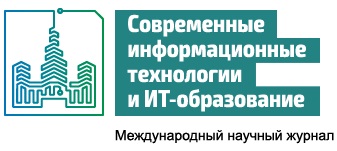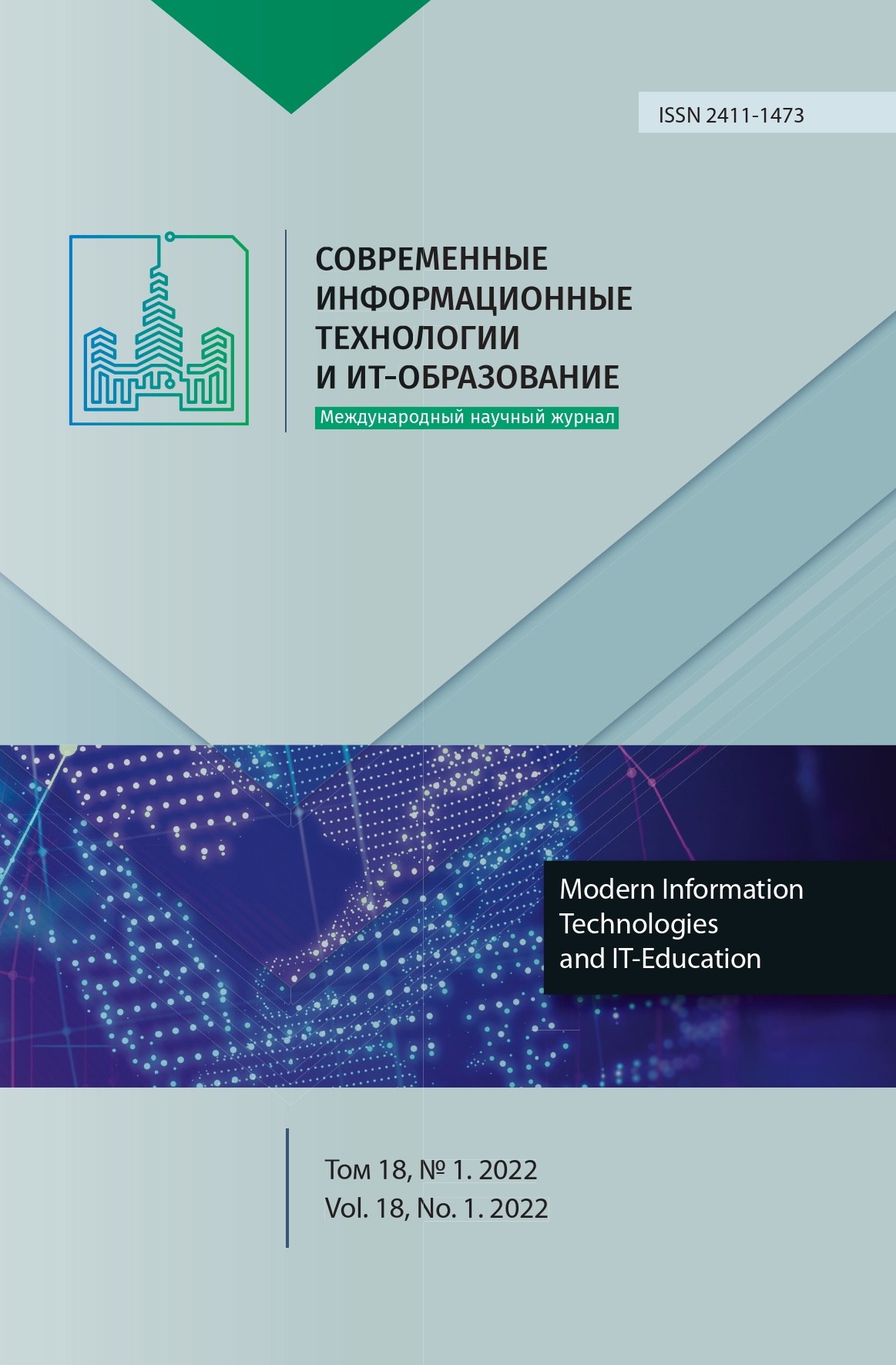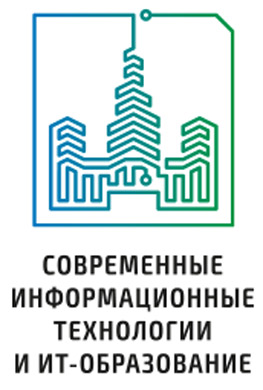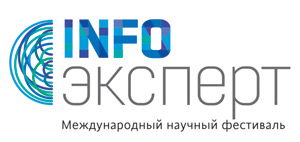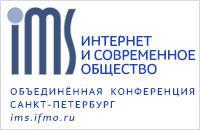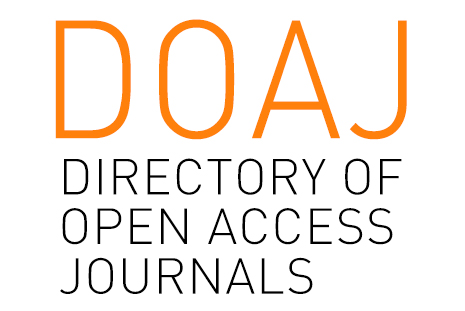Применение нейросетевых методов прогнозирования электропотребления на железнодорожном транспорте
Аннотация
В статье показана актуальность прогнозирования электропотребления с использованием автоматизированной системы учёта электрической энергии, учитывающей различные уровни иерархии системы тягового электроснабжения. Рассмотрены особенности современного управления топливно-энергетическими ресурсами предприятия, на примере Забайкальской дирекции по энергообеспечению ‒ структурного подразделения Трансэнерго ‒ филиала открытого акционерного общества "Российские Железные Дороги". Рациональное использование топливно-энергетических ресурсов, внедрение энергосберегающих и ресурсосберегающих технологий являются одними из наиболее актуальных как в целом в России, так и на железнодорожном транспорте в частности. Специфика экономического развития России и особенности формирования тарифов на рынке электрической энергии повлекли за собой рост ее стоимости. В связи с этим, снижение затрат на приобретение топливно-энергетических ресурсов одна из основных целей энергетической стратегии железнодорожного транспорта. Результатом энергосберегающей политики железнодорожного транспорта, почти по всем составляющим потребления топливно-энергетических ресурсов, исключая тягу поездов, является снижение затрат на покупку электрической энергии в ситуации реформирования электроэнергетики путем выхода на оптовый рынок электрической энергии (ОРЭ). Что позволяет значительно снизить стоимость потребляемой энергии, так как стоимость электроэнергии, получаемой железной дорогой с ОРЭ, будет существенно ниже стоимости электроэнергии, получаемой от гарантирующего поставщика ‒ региональной энергосистемы.
В работе проведен анализ факторов, влияющих на величину потребления электрической энергии на тягу поездов. Рассмотрены нейросетевые модели, обладающие высокой аппроксимирующей способностью, позволяющие обрабатывать статистическую информацию и выполнять прогнозные оценки. Показано, что наиболее приемлемыми для прогноза электропотребления следует считать многослойные нейронные сети. Рассмотрен метод нейросетевого прогнозирования потребления электрической энергии.
Литература
2. Zheleznov D.V. Nejronnye seti i prognozirovanie razmerov dvizhenija [Neural networks: forecasting of traffic volumes]. Mir Transporta = World of Transport and Transportation. 2012; 10(4):114-117. Available at: https://www.elibrary.ru/item.asp?id=18060058 (accessed 16.02.2022). (In Russ., abstract in Eng.)
3. Burdinsky S.A., Kistenev V.K., Toropov A.S. Prognozirovanie jelektropotreblenija na osnove ustojchivogo H-raspredelenija [Prediction of electricity consumption based on a stable H-distribution]. Izvestija Tomskogo politehnicheskogo universiteta = Bulletin of the Tomsk Polytechnic University. 2005; 308(5):159-161. Available at: https://www.elibrary.ru/item.asp?id=9117606 (accessed 16.02.2022). (In Russ., abstract in Eng.)
4. Komogorcev M.G., Osipova V.E. Razrabotka modeli opredelenija mezhpoezdnyh intervalov s ispol'zovaniem apparata iskusstvennyh nejronnyh setej [Development of Models of Intertrain Intervals with Use of the Device of Artificial Neural Networks]. Izvestia Transsiba = Journal of Transsib Railway Studies. 2016; (4):87-94. Available at: https://www.elibrary.ru/item.asp?id=28906499 (accessed 16.02.2022). (In Russ., abstract in Eng.)
5. Dronova Yu.V., Korostelev S.V., Tupikina A.A. Prognozirovanie jelektropotreblenija zheleznodorozhnogo transporta na primere Novosibirskogo uchastka Zapadno-sibirskoj zheleznoj dorogi [Forecasting of the power consumption of railway transport on the example of the Novosibirsk site of West Siberian Railway]. Nauchnye problemy transporta Sibiri i Dalnego Vostoka = Scientific problem of transport Siberia and Far East. 2012; (2):293-297. Available at: https://www.elibrary.ru/item.asp?id=18806954 (accessed 16.02.2022). (In Russ., abstract in Eng.)
6. Zakaryukin V.P., Kryukov A.V. The Modeling of Railway Electric Power Systems' State. Sovremennye tehnologii. Sistemnyj analiz. Modelirovanie = Modern Technologies. System Analysis. Modeling. 2004; (4):68-73. Available at: https://www.elibrary.ru/item.asp?id=21388309 (accessed 16.02.2022). (In Eng.)
7. Raevski N.V., Litvintsev V.G. Postroenie modeli prognozirovanija tjagovogo jelektropotreblenija na osnove interval'noj regressii [Traction power consumption forecasting model construction on the basis of interval regress]. Sovremennye tehnologii. Sistemnyj analiz. Modelirovanie = Modern Technologies. System Analysis. Modeling. 2010; (4):192-196 Available at: https://www.elibrary.ru/item.asp?id=16225141 (accessed 16.02.2022). (In Russ., abstract in Eng.)
8. Komogorcev M.G., Osipova V.E. Ispol'zovanie apparata nejronnyh setej i koordinatnyh opredelenij mestopolozhenija poezdov dlja avtoma-tizirovannogo operativnogo rascheta mezhpoezdnyh intervalov [Using the Apparatus of Neural Networks and Coordinate Locations of Trains for Automated Operational Calculation of Intertrain Intervals]. Transportnaja infrastruktura Sibirskogo regiona = Proceedings of the International Scientific Conference on Transport Infrastructure of the Siberian region. 2016; 1:634-637. Available at: https://www.elibrary.ru/item.asp?id=26416334 (accessed 16.02.2022). (In Russ.)
9. Yakovlev D.A., Osipova V.E. Primenenie matematicheskogo apparata nechetkoj logiki pri opredelenii ob'emov jenergoresursov dlja obespechenija ob'ektov infrastruktury zheleznodorozhnogo transporta [Application of the mathematical apparatus of fuzzy logic in determining the volume of energy resources to provide railway infrastructure facilities]. Problemy proektirovanija, stroitel'stva, diagnostiki i tehnicheskogo soderzhanija ob'ektov zheleznodorozhnogo transporta = Problems of Design, Construction, Diagnostics and Technical Maintenance of Railway Transport Facilities. Zabaikal Railway Transport Institute Publ., Chita; 2013. p. 91-95. Available at: https://www.elibrary.ru/item.asp?id=25593243 (accessed 16.02.2022). (In Russ.)
10. Yakovlev D.A., Osipova V.E. Primenenie nechetkoj logiki v upravlenii jenergeticheskimi resursami na primere Zabajkal'skoj zheleznoj dorogi [The use of fuzzy logic in the management of energy resources on the example of the Trans-Baikal Railway]. Transportnaja infrastruktura Sibirskogo regiona = Proceedings of the International Scientific Conference on Transport Infrastructure of the Siberian region. 2011; 2:8-12. Available at: https://www.elibrary.ru/item.asp?id=21201138 (accessed 16.02.2022). (In Russ.)
11. Shurova N., Li V. Increase of energy efficiency of electric power distribution networks by adjustment of reactive energy consumption in a traction network. MATEC Web of Conferences. 2018; 239:01049. (In Eng.) doi: https://doi.org/10.1051/matecconf/201823901049
12. Wang P., Lin X., Li Y. Optimization analysis on the energy saving control for trains with adaptive genetic algorithm. 2012 International Conference on Systems and Informatics (ICSAI2012). IEEE Press, Yantai, China; 2012. p. 439-443. (In Eng.) doi: https://doi.org/10.1109/ICSAI.2012.6223653
13. Li L., Dong W., Ji Y., Zhang Z., Tong L. Minimal-Energy Driving Strategy for High-Speed Electric Train With Hybrid System Model // IEEE Transactions on Intelligent Transportation Systems. 2013; 14(4):1642-1653. (In Eng.) doi: https://doi.org/10.1109/TITS.2013.2265395
14. Moskalev Yu.V., Ahmedzyanov G.G. The definition of the location and capacity of the compensating device in the ac electrical power system of railways by minimum of active power losses. Izvestia Transsiba = Journal of Transsib Railway Studies. 2016; (2):100-107. Available at: https://www.elibrary.ru/item.asp?id=26643828 (accessed 16.02.2022). (In Russ., abstract in Eng.)
15. Savina N., Myasoedov Yu., Kazakul A. Management of operating costs in distribution grid companies through the optimal compensation of reactive power. Vestnik Irkutskogo gosudarstvennogo tehnicheskogo universiteta = Proceedings of Irkutsk State Technical University. 2011; (6):130-137. Available at: https://www.elibrary.ru/item.asp?id=16519768 (accessed 16.02.2022). (In Russ., abstract in Eng.)
16. Osipova V.E., Yakovlev D.A. Generation of a rational training sample when predicting power consumption for train traction. IOP Conference Series: Materials Science and Engineering. 2020; 760:012040. (In Eng.) doi: https://doi.org/10.1088/1757-899X/760/1/012040
17. Lee T., Cho H., Kim S., Kim K. Measurement and analysis of consumption energy for Korean high-speed trains. 2012 IEEE PES Innovative Smart Grid Technologies (ISGT). IEEE Press, Washington, DC, USA; 2012. p. 1-5. (In Eng.) doi: https://doi.org/10.1109/ISGT.2012.6175629
18. Furutani R., Kudo F., Moriwaki N. Utilization of Al in the Railway Sector. Case Study of Energy Efficiency in Railway Operations. Hitachi Review. 2016; 65(6):128-133. Available at: https://www.hitachi.com/rev/archive/2016/r2016_06/pdf/r2016_06_105.pdf (accessed 16.02.2022). (In Eng.)
19. Xiufeng S., Jian Z. Electric power consumption forecast of life energy sources based on fuzzy neural network. 2011 IEEE International Symposium on IT in Medicine and Education. IEEE Press, Cuangzhou; 2011. p. 309-312. (In Eng.) doi: https://doi.org/10.1109/ITiME.2011.6130840
20. Wang Q., Zhu J. Analysis and Simulation of Energy-Efficient Control of a Train. Proceedings of the 33rd Chinese Control Conference (July 28-30, 2014, Nanjing, China). IEEE Press; 2014. p. 3373-3380. Available at: https://ieeexplore.ieee.org/stamp/stamp.jsp?arnumber=6895498 (accessed 16.02.2022). (In Eng.)
21. O'Hagan M. A fuzzy neuron based upon maximum entropy ordered weighted averaging. In: Bouchon-Meunier B., Yager R.R., Zadeh L.A. (eds.) Uncertainty in Knowledge Bases. IPMU 1990. Lecture Notes in Computer Science. Vol. 521. Springer, Berlin, Heidelberg; 1991. (In Eng.) doi: https://doi.org/10.1007/BFb0028148
22. Kobayashi S., Plotkin S., Ribeiro S.K. Energy efficiency technologies for road vehicles. Energy Efficiency. 2009; 2(1):125-137. (In Eng.) doi: https://doi.org/10.1007/s12053-008-9037-3
23. Miyatake M., Ko H. Optimization of train speed profle for minimum energy consumption. IEEJ Transactions on Electrical and Electronic Engineering. 2010; 5(3):263-269. (In Eng.) doi: https://doi.org/10.1002/tee.20528
24. Franke R., Terwiesch P., Meyer M. An algorithm for the optimal control of the driving of trains. Proceedings of the 39th IEEE Conference on Decision and Control (Cat. No.00CH37187). Vol. 3. IEEE Press, Sydney, NSW, Australia; 2000. p. 2123-2128. (In Eng.) doi: https://doi.org/10.1109/CDC.2000.914108
25. Rao Y., Feng X., Wang Q., Sun P., Xiao Z., Chen H. Energy‐efficient control of a train considering multi‐trains power flow. IET Intelligent Transport Systems. 2021; 16(3):380-393. (In Eng.) doi: https://doi.org/10.1049/itr2.12149

Это произведение доступно по лицензии Creative Commons «Attribution» («Атрибуция») 4.0 Всемирная.
Редакционная политика журнала основывается на традиционных этических принципах российской научной периодики и строится с учетом этических норм работы редакторов и издателей, закрепленных в Кодексе поведения и руководящих принципах наилучшей практики для редактора журнала (Code of Conduct and Best Practice Guidelines for Journal Editors) и Кодексе поведения для издателя журнала (Code of Conduct for Journal Publishers), разработанных Комитетом по публикационной этике - Committee on Publication Ethics (COPE). В процессе издательской деятельности редколлегия журнала руководствуется международными правилами охраны авторского права, нормами действующего законодательства РФ, международными издательскими стандартами и обязательной ссылке на первоисточник.
Журнал позволяет авторам сохранять авторское право без ограничений. Журнал позволяет авторам сохранить права на публикацию без ограничений.
Издательская политика в области авторского права и архивирования определяются «зеленым цветом» в базе данных SHERPA/RoMEO.
Все статьи распространяются на условиях лицензии Creative Commons «Attribution» («Атрибуция») 4.0 Всемирная, которая позволяет другим использовать, распространять, дополнять эту работу с обязательной ссылкой на оригинальную работу и публикацию в этом журналe.
